“Shiva Trilogy” by Amish Tripathi: The Lord of the Rings of Indian Mythology
“A man becomes a Mahadev, only when he fights for good. A Mahadev is not born from his mother’s womb. He is forged in the heat of battle, when he wages a war to destroy evil.”
The Shiva Trilogy by Amish Tripathi is a remarkable work of fiction that combines mythology and fantasy to create an epic story that transports readers to a world of gods and mortals. The trilogy follows the journey of Shiva, a simple man who becomes the savior of the land of Meluha, and eventually ascends to the position of the God of Gods.
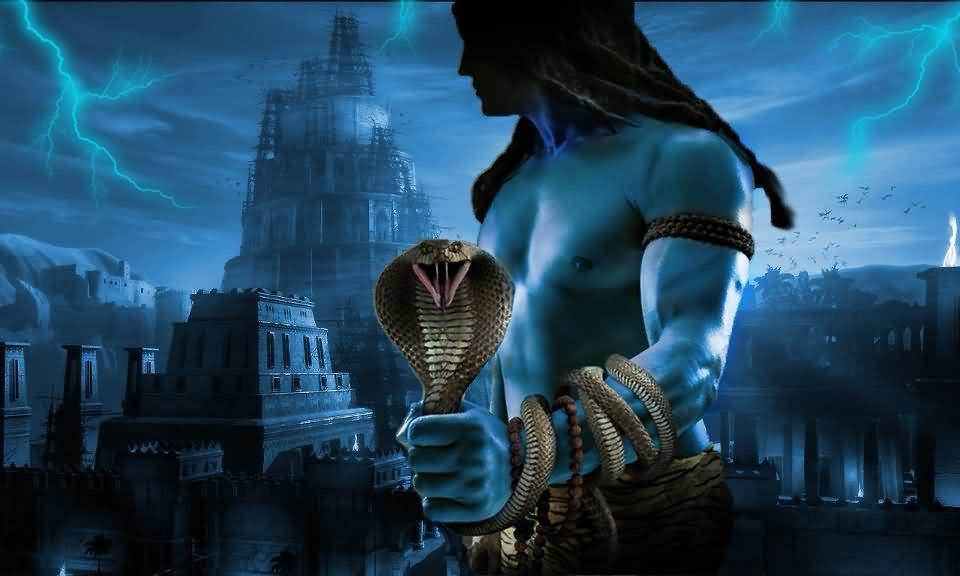
The Shiva Trilogy is a collection of three books. “The Immortals of Meluha”, “The Secret of the Nagas” and “The Oath of the Vayuputras” by author Amish Tripathi. These are some of the highest selling books in the literary history of India, and the trilogy is often considered to be India’s very own Lord of the Rings, with Amish’s style of writing compared to Tolkien. With each book selling more than 1 million copies, the story has been further translated into many languages and the movie rights for the first book, “The Immortals of Meluha”, has been bought by Karan Johar. Amish has been awarded the Society Young Achiever Award for the books. Other accolades include being named in the list of Top 100 Indians, four times in a row by Forbes and the Raymond Crossword Popular Choice Award.
In this Shiva Collections, the author blends ancient Indian mythological history and historical facts. Amish depicts Lord Shiva as a normal ordinary human being with flesh and blood. The story explores the hidden concepts of myth and tales about the Almighty Lord Shiva and also other Indian Gods and Goddesses. Here, Amish uses the technique of “demythification” and reinterprets Indian myth, history and culture. All the three different concepts- Myths, Legends and Folktales connected with each other in this story, which gives importance to the role of God and other supernatural characters. The supernatural world is entirely different from the human world. In his creative work, Amish carries our ancient philosophy and culture through the supernatural characters God and Goddess. The author shows the transformation of Shiva as a human and Shiva as a God. Amish gives spotlight to the hidden mythic life. It is considered the modern interpretation of Indian Myth for the 21st century. It is a medium to express historical knowledge to analyze ancient Indian heritage in the form of cultural, social, philosophical, spiritual and political aspects.
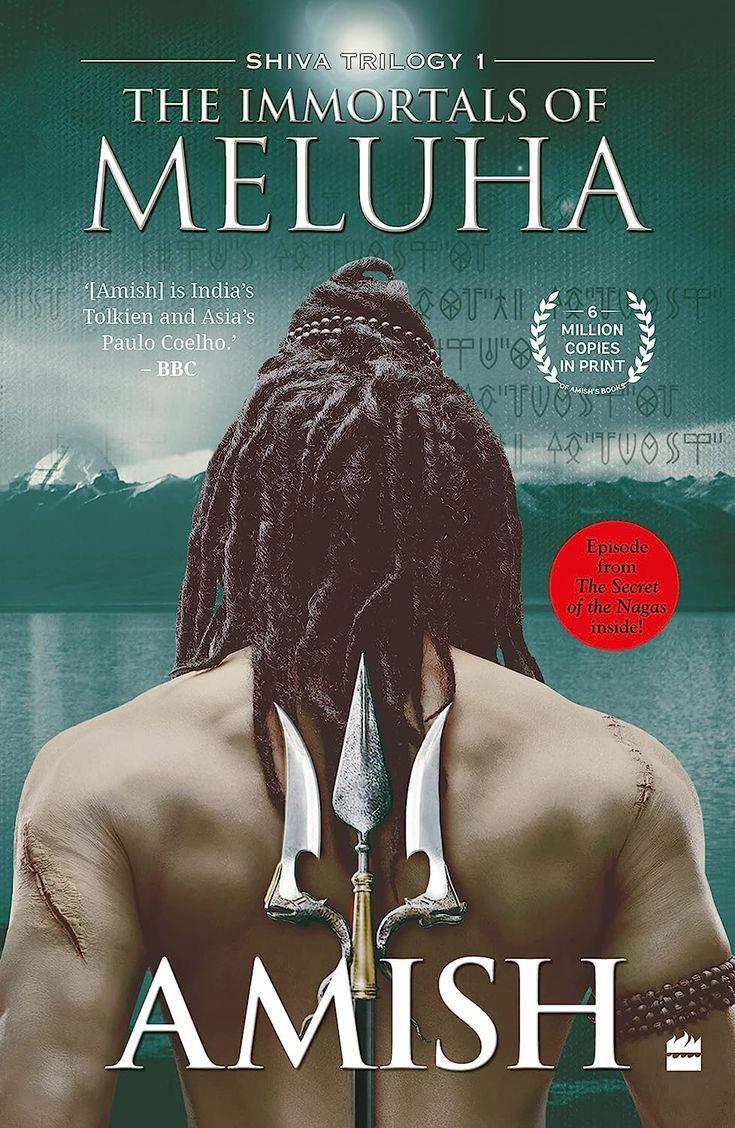
THE IMMORTALS OF MELUHA
The first book in the series, “The Immortals of Meluha”, introduces us to Shiva, a man from the mountains who is brought to “Meluha”, a land believed to be the home of the gods. Shiva is welcomed as the saviour of the “Meluhans”, a people afflicted by a curse that is slowly killing them. He is also believed to be the prophesied Neelkanth, who will rid the world of evil and bring peace to the land.
As Shiva embarks on his journey, he discovers that everything he thought he knew about the gods and his destiny is not what it seems. He meets a cast of characters, both mortal and divine, each with their own agenda and motivations. The plot twists and turns, taking readers on a rollercoaster ride of adventure, romance, and intrigue.
Will Shiva be able to live up to Suryavanshi’s expectations, read the book to find out.
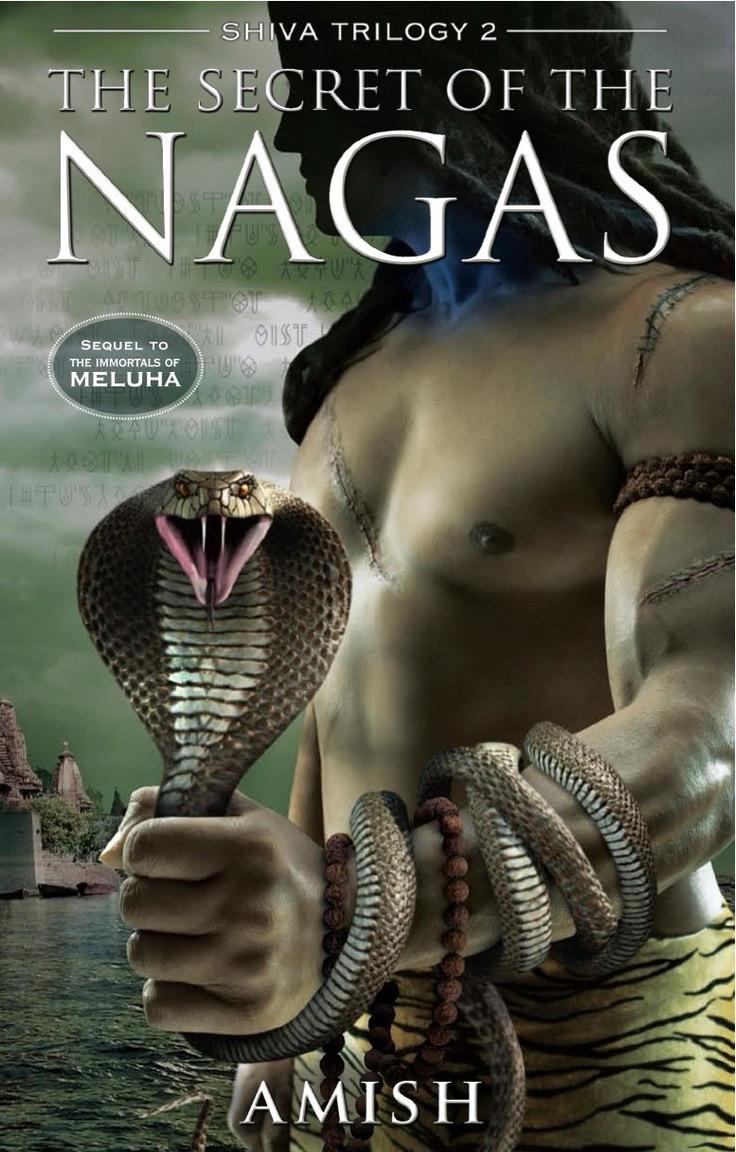
THE SECRETS OF NAGAS
The second book in the series, “The Secret of the Nagas”, delves deeper into the mystery of the curse that plagues the “Meluhans” and introduces the enigmatic Naga people, who may hold the key to Shiva's destiny. The book is filled with action and suspense, as Shiva navigates through a world of deception and betrayal to uncover the truth behind the Nagas and their secret agenda. The book starts with showing Shiva a confident man, well settled with his wife: Sati. But his heart is wounded as his friend Brihaspati was killed by a Naga. He becomes obsessed with hunting down the Nagas, and particularly that one specific Naga.
The story takes an unusual turn as Sati realizes that Kali, Queen of the Nagas, is her twin sister. She was deemed to be a Naga because she was born with an extra pair of hands. The second Naga is Ganesh, because he was born with facial deformities, which made him look like an elephant. Ganesha was Sati’s son from a previous marriage.
When shiva with his troop reached the kingdom of Nagas, he was in for a big surprise. To know what happened next, read the book.
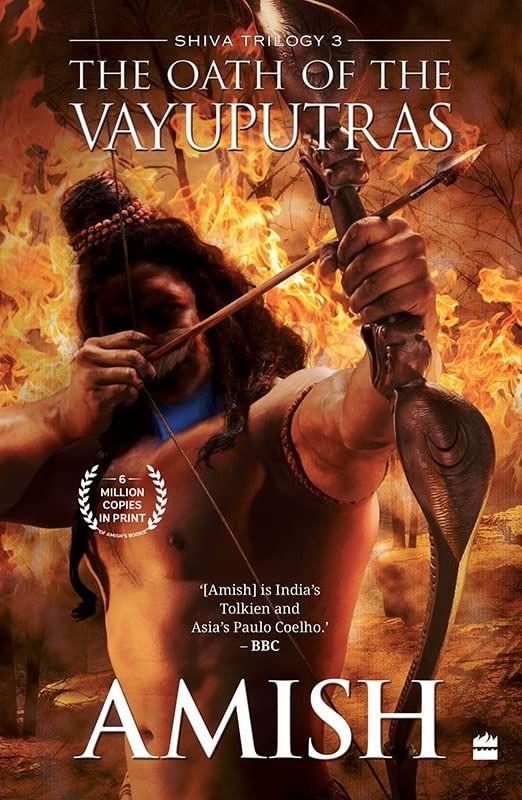
THE OATH OF VAYUPUTRAS
The final book in the series, “The Oath of the Vayuputras”, brings the story to a thrilling conclusion as Shiva confronts his ultimate enemy, the evil Lord Kali. The book explores the themes of love, sacrifice, and loyalty, as Shiva and his allies face impossible odds to save the world from destruction
It starts with Shiva preparing for the holy war against his deadly enemy, a Naga. In this mission he takes help of “Vayuputras”. The “Vayuputras” were assigned the divine task of helping the next incarnation of Lord Rudra: Shiva, with his mission. In the process Shiva also has to find out the answer: what is Evil? and what is His Role as “Neelkantha”. It was then he learned about the trinity: Brahma the creator, Vishnu the preserver and Mahadev the destroyer. So, what happens to his mission, his body and most importantly his soul?

THE SHIVA TRILOGY: REVIEW
Breaking barriers, the author considers a powerful God, known to Hindus as the destroyer, as a mere mortal, and shows his journey from a man to a God, which is groundbreaking in the genre as well as in the literary landscape of India. Amish builds everything with finesse. Exploring and defining the minute details to paint the most imaginative landscapes, structures and people gives him the upper hand over the contemporary writings in India. He explains the concepts of Hinduism to the reader in a much more efficient way than his contemporaries and connects with the reader very well. The character development is very strong, and there are very few characters introduced which have no overall relationship with the passage of the story. The language used makes certain that the story could reach the average Indian and besides a few instances, there is very little that you’ll have to concentrate hard on to understand. For a debutante author, he has done a great job of holding the story together without loopholes across three books.
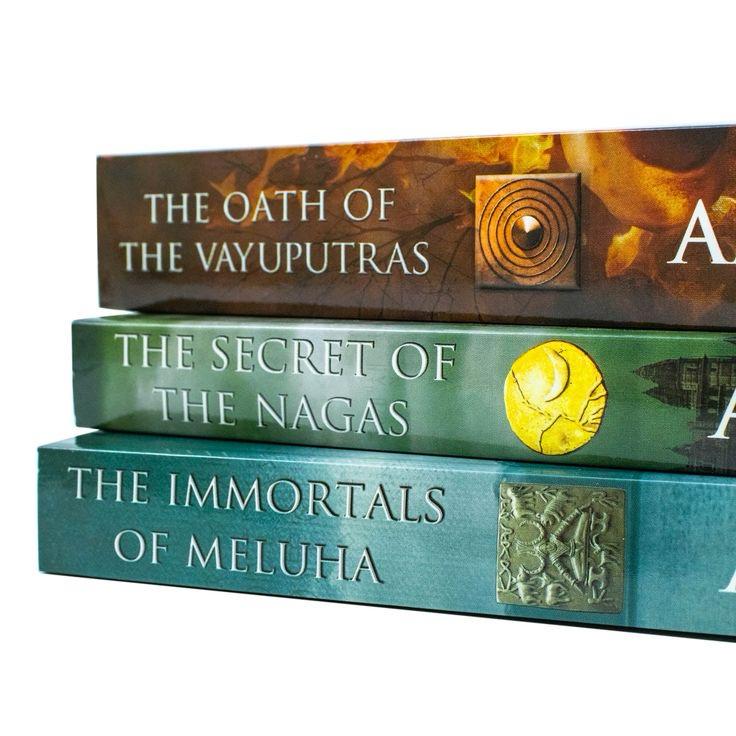
The whole idea of imagining and writing mythology through the lens of a contemporary outlook giving it the slight touch of science and fiction, running on loops with the established stories of Gods and their deeds make these books worth reading. It’s also the acceptance of the books, which nonetheless invades the privacy of religious monotone scriptures, but at the same time, shines a torch on it, proves the plot strength of our religious books and shows the readiness of people to help grow the literary scene of our country.





 copy.jpg)